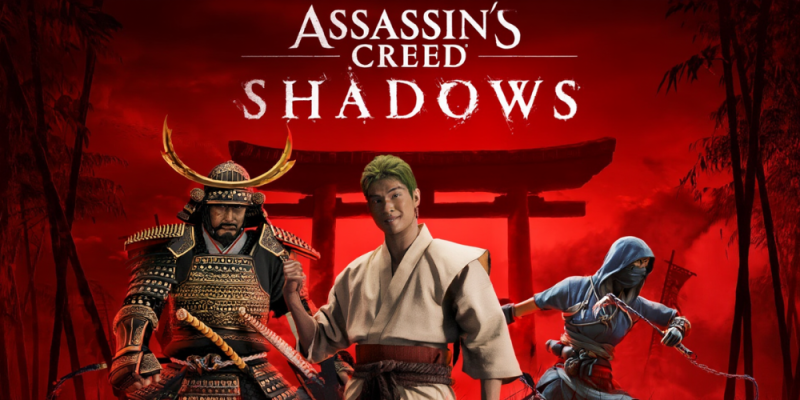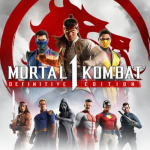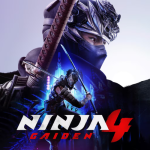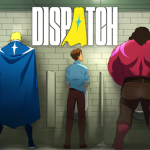Mackenyu’s Surprise Role in AC Shadows: What the Leak Suggests

When a rumor says the actor who brought a beloved green-haired swordsman to life is hiding in Assassin’s Creed Shadows, it hits like a jolt to both fandoms. The claim making the rounds is straightforward yet tantalizing: Mackenyu, fresh off global acclaim as a stoic three-blade master, is credited with portraying a side character in Ubisoft’s Edo-period epic that almost no one remembers from prior material. That phrasing is bait, of course, but it lines up with how this series loves to thread quiet names from codex entries, comics, and database notes into fully realized roles once a new entry focuses on a region. It also sparks a practical conversation about production. Modern Assassin’s Creed games lean on full performance capture, regional voice casts, and careful cultural consultancy, so a Japanese star stepping into a nuanced supporting part makes strategic sense. Fans are already comparing stances, posture, and line delivery from trailers, trying to hear familiar gravel and see the weight of a sword arm that has spent years in choreography. The hype is real, but so is the need for method: verify sources, understand how credits appear in different storefronts, and read the tea leaves of press kits before jumping to conclusions.
Main Part
Let’s ground this in what we know about Mackenyu’s craft and why it translates well to interactive performance. He built his reputation on disciplined movement, crisp blade work, and the kind of presence that reads clearly even in wide shots. That matters in a game pipeline where optical markers track micro-expressions and joint rotations while a director asks for repeatable beats that animators can retarget. In a studio like Ubisoft’s, a role can be split across three lanes: body capture on a volume, facial capture on a head-rig session, and voice sessions in both Japanese and English depending on localization plans. A single performer sometimes carries all three; other times, a body double and voice specialist split duties to fit schedules or dialect needs. Mackenyu’s track record suggests he can handle full-stack performance, especially for a grounded fighter who lives in measured footwork rather than exaggerated flourishes. On the audio side, expect language-first authenticity. The series has steadily improved regional lip-sync through tech that maps phonemes to facial rigs per language, avoiding the uncanny mismatch that once plagued cross-dub releases. If he is in, his cadence in Japanese would likely be the reference pass, with English localized to match intent rather than ersatz one-to-one syllables.
Which kind of character fits the phrase a character no one remembers? Assassin’s Creed is famous for resurrecting overlooked figures from letters, marginalia, and court records, then weaving them into conspiracies that feel plausible within the Templar–Assassin tapestry. In a Sengoku-to-Edo frame, that might be a retainer whose name sits below the marquee generals, a ronin fixer who moves between clans, or a rival operative whose path crosses both protagonists without dominating the plot. These roles matter precisely because they anchor history’s negative space—the couriers, interpreters, and scouts who move secrets, ignite betrayals, or carry a blade into a narrow alley when politics won’t suffice. Framing such a part with a performer known for controlled intensity is a strong fit. Crucially, a supporting role can still deliver showcase moments: a duel that teaches the player a new parry rhythm, a mission where the guide’s moral line forces you to pick between stealth and decisive action, or an epilogue coda that reframes a faction’s motives. The point is not to chase a headline cameo; it is to let a familiar face embody the kind of grounded, textured presence that makes this era feel lived-in rather than theatrical cosplay.
If you want to separate wishful thinking from credible deduction, track the tells that typically precede credit confirmation. Casting leaks often surface through agency portfolios, regional press sheets, or soundtrack and production registries before they appear on global store pages. Watch Japanese interviews where a producer name-drops the performance capture lead for a specific chapter, or behind-the-scenes clips that briefly show a face marker grid on a performer whose silhouette you recognize. Listen for signature timbre under filtered audio in trailers; engineers can mask pitch, but breath timing and consonant snaps are harder to hide. Social media patterns also matter: sudden follows between a Ubisoft casting director and an actor’s team, or a photo from a volume stage posted months after principal capture wraps, can be meaningful. From a tech angle, keep an eye on mouth shapes in the Japanese track; if the sync looks native rather than auto-timed from English, that hints the reference performance was in Japanese, increasing the odds of a high-profile local lead or co-lead for that scene. None of these alone prove anything, yet together they form a mosaic. And remember that credit listings can lag due to contract windows and union processes; patience beats overreaction.
The wider industry context strengthens the case for this crossover. Ubisoft has made a visible push toward authenticity in historical settings, elevating regional casts and consultants to avoid caricature. Japan demands that care, from dialect gradients between provinces to the etiquette of address in a daimyo’s hall. An actor like Mackenyu brings not only audience recognition but also a practiced respect for sword etiquette, breath control in combat beats, and a calm intensity that suits clandestine intrigue. His lineage in action cinema—shaped by mentors with deep stunt and choreography experience—means he arrives with muscle memory that reads well on a capture volume, cutting down retake fatigue and selling weight through a simple hip turn or a measured cut. For fans worried about typecasting, remember that a game camera can frame vulnerability differently than a live-action lens; voice nuance, micro-pauses, and offhand humor often land better in interactive scenes where the player controls pacing. If this rumor proves accurate, expect a role that complements the dual-protagonist structure rather than overshadowing it: an ally with edges, a rival who earns respect, or a ghost from a dossier whose actions cascade into a late-game reckoning.
Conclusion
So how should you hold this rumor while waiting for Ubisoft Forward, TGS spotlights, or the next cinematic drop? Treat it as a compelling possibility that says more about the project’s direction than about celebrity worship. A carefully cast supporting part by a Japanese star signals confidence in tone, language-first delivery, and combat authenticity. It also builds a bridge between two massive communities: players who cherish meticulous stealth-sim sandboxes and viewers who just met a new favorite swordsman through maritime adventures. Between now and any official nod, focus on the fun detective work that harms no one: study animation tells, catalog voice cues, parse agency sites, and keep an eye on regional press. Avoid harassing devs or actors for proof; production timelines are complicated and NDAs exist for good reasons. When confirmation comes, the real excitement will be how that presence shapes missions, recontextualizes factions, and adds texture to a period that deserves nuance. If the rumor fizzles, the conversation still highlights what many of us want from Shadows: thoughtful casting, grounded choreography, and a world where even a so-called forgotten figure can leave a mark that lingers long after the credits roll.
















